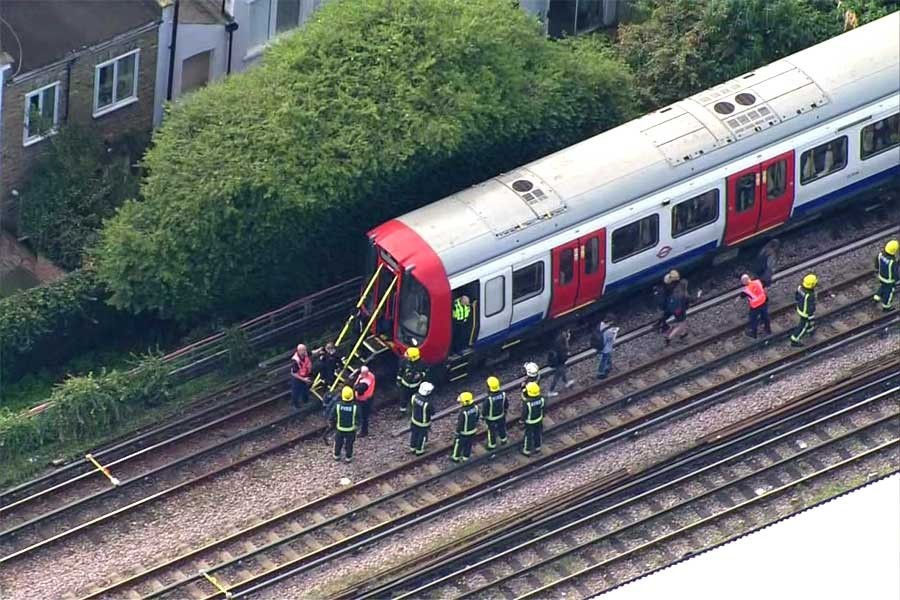With four mass rapid transit (MRT) projects in line, the fast-progressing being the metro rail-based MRT-6, Dhaka is preparing to embark on yet another massive project. Following many South Asian cities, especially Kolkata, the Bangladesh capital has started dreaming of a circular rail route set to be implemented in the near future. A survey, conducted by a Chinese firm, has found the rail route feasible for a length of 81 kilometres in greater Dhaka. After the ongoing overhead metro rail project, now more than halfway through, becomes a reality, the capital and its suburbs will have four new mass transport systems in total; the MRT, the BRT (Bus Rapid Transit), the DCRL (Dhaka Circular Rail Line) and the subway network. Stalled a couple of years ago, the project has lately been revived.
The flurry of construction and planning activities in the existing transport sector in a way prepares Dhaka to be among the cities inter-connected with all their inner and outer parts. It was beyond imagination even two years ago. The MRT projects are expected to start in full swing after the inauguration of its Uttara-Motijheel line. With the route's construction work progressing in a hectic speed, the urgency in completing the project by deadline becomes clear. That the delay in completing the work has been caused by the Covid-19 pandemic needs no elaboration. According to a FE report, the construction of the Dhaka circular rail is estimated to cost $8.0 billion. A major feature of the project is that the rail route will not be in conflict with the other mass transit infrastructure, including metro rails and underground subways.
As has been outlined in the project draft, there will be 24 stations along the route, centring around the Tongi station. Another important aspect of the line has also been emphasised: of the 24 stations, 11 are set to be used as 'transfer stations'. These stations are connected to some other modes of transport routes like MRT, BRT and the subway. This facility will emerge as a great advantage for many passengers travelling on the circular rail route.
Earlier, the capital Dhaka has seen the circular waterway using motor-launch trips along the Buriganga and Turag rivers on Dhaka's south-western part. Introduced on high hopes, water transport authorities had expected the circular waterway to become popular, with the commuters annoyed with the traffic congestions and discomfort experienced during travel. But due to the loss of the rivers' navigability, except during monsoon, passengers began turning away from the water route. The vessels' slow speed proved dreadful to them. The service finally petered out. The planned circular rail service is evidently free of these demerits. Lots of passengers are expected to opt for this route due, mainly, to its faster speed and probable timeliness in its service. It's pollution-free and tailback-free commuting atmosphere, and facilities for availing of other modes of transport at 'transfer stations' are expected to make it popular among travellers. In spite of these favourable features, many doubt the circular rail route's success thanks to the railway's age-old ill reputations of lackadaisical service, especially that of schedule maintenance. In spite of the reservations, many will prefer circular trains to unwieldy buses. Finally, it's the benefit of safe, comfortable travel which is expected to draw commuters to circular rail.


